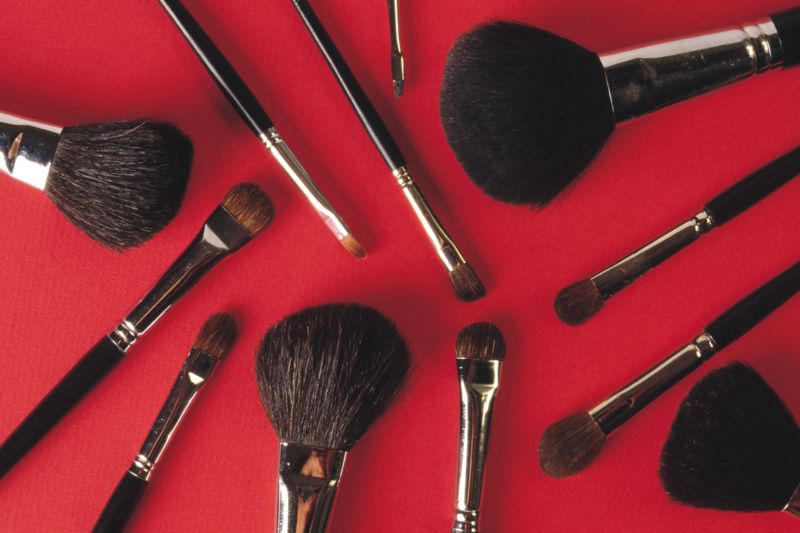
FRIDAY, March 15 (HealthDay News) — For patients considering plastic surgery to correct their facial profile, changing the nose and chin simultaneously may provide the most satisfying results, Italian researchers say.
Moreover, success of the combination rhinoplasty (nose) and genioplasty (chin) appears to continue long term with minimal change, or instability, in the shape of the patient’s chin, according to the new study.
“We can for sure improve facial profile with stable results with rhinoplasty alone, but the association with genioplasty is fundamental and necessary to achieve the best aesthetic result,” said lead researcher Dr. Dario Bertossi, an associate professor in the department of surgery at the University of Verona.
The nose-chin-neck relationship strongly determines an “aesthetically proportionate” face, the authors explained in the study. This is why someone having a successful “nose job” can still end up with a face that lacks pleasing proportions.
The combination surgery, which is done regularly, is often the better solution, especially for people enlarging a small chin (microgenia), the authors added.
“Genioplasty, if performed with bone remodeling, is a stable operation which guarantees long-term results,” Bertossi said.
Doing both procedures at the same time makes sense, said Dr. Jeffrey Salomon, an assistant clinical professor of plastic surgery at Yale University School of Medicine in New Haven, Conn. It reduces overall patient costs and avoids a second procedure and recovery period, according to Salomon, who was not involved with the study.
Because these are usually cosmetic procedures, they are not covered by insurance and can run from $7,000 to 12,000, Salomon noted. “You can double that for New York City or Miami. It’s cosmetic, so whatever the market will bear,” he said.
For the study, published online March 14 in JAMA Facial Plastic Surgery, Bertossi’s group followed 90 people who had their noses and chins reshaped simultaneously between January 2002 and January 2004.
Over three years of follow-up, the researchers found that almost half (45.6 percent) of those who had their chin reduced had no subsequent changes in the new chin.
For those who had chin extensions, 52 percent had a “stable” profile three years later, meaning no more than a millimeter of change, the researchers noted.
Salomon pointed out that each of these surgeries does carry some element of risk.
Nose surgery may be more problematic than chin surgery. “It is decidedly harder to get good rhinoplasty results compared with genioplasty,” Salomon said. Also, all nose jobs subtly change over the first 12 to 24 months, he added.
“Complications of rhinoplasties are not uncommon,” Salomon said. “There are some surgeons known to be the ‘go-to surgeons’ for secondary or tertiary nose-job revisions, and those surgeons get their referrals from other surgeons who had bad results.”
For chins, “most competent surgeons can get terrific genioplasty results either by cutting and sliding the existing chin forward or by using an off-the-shelf chin implant,” he said.
Enhancing the chin by cutting the bone and sliding it into a new, more advanced position is more invasive and more costly compared with just inserting a chin implant, and the recovery is longer, Salomon said.
There is also more risk for complications, including nerve damage, and the screws and plates used to stabilize the bone as it heals can damage tooth roots, he explained.
“If the bone doesn’t heal, a secondary procedure may be required,” Salomon said.
Even chin implants, which he termed “convenient,” can erode into the underlying bone. “The erosion can be significant enough to result in loss of previous advancement. Therefore, the results of a bony genioplasty have more stable long-term results,” Salomon said.
More information
For more information on plastic and cosmetic surgery, visit the U.S. National Library of Medicine.

